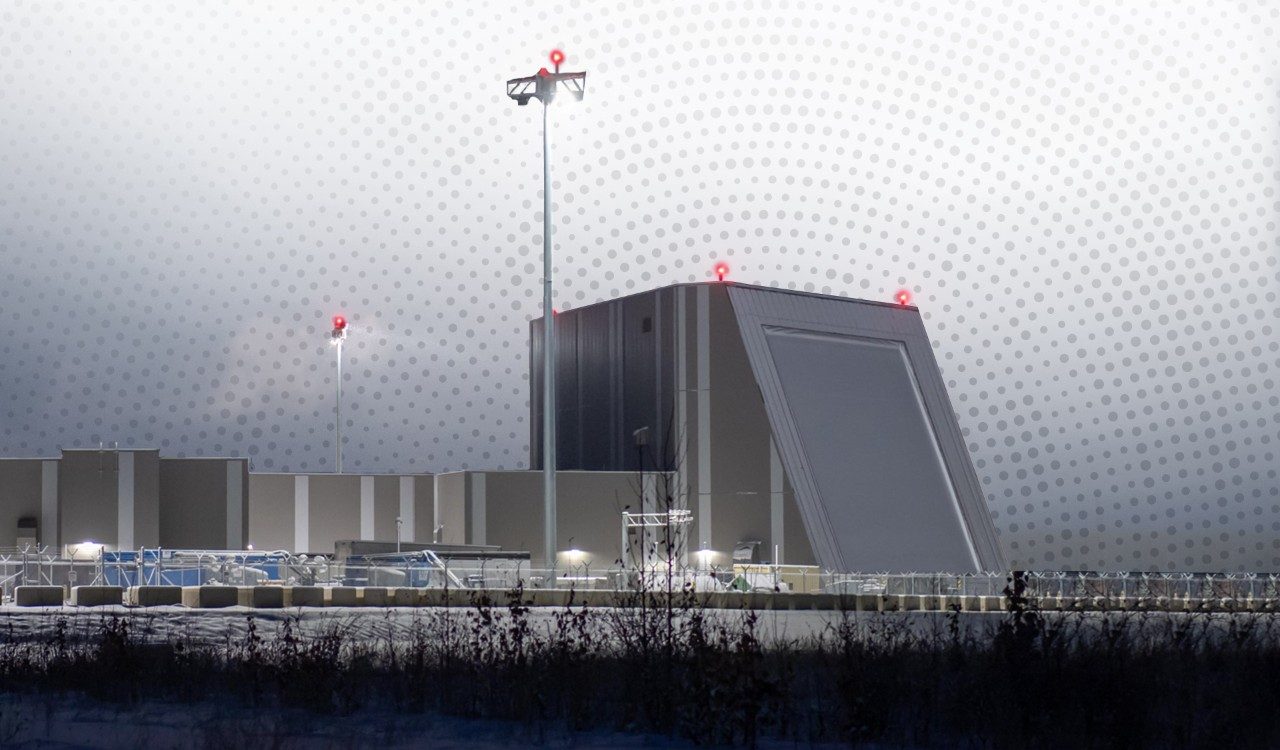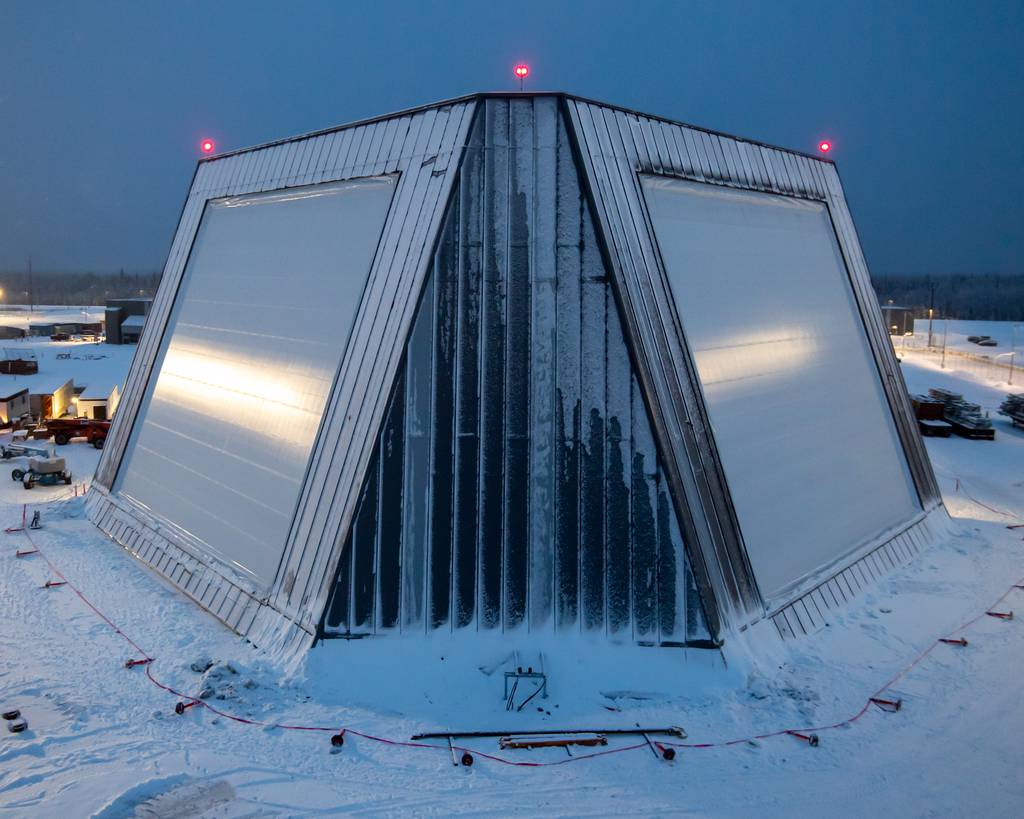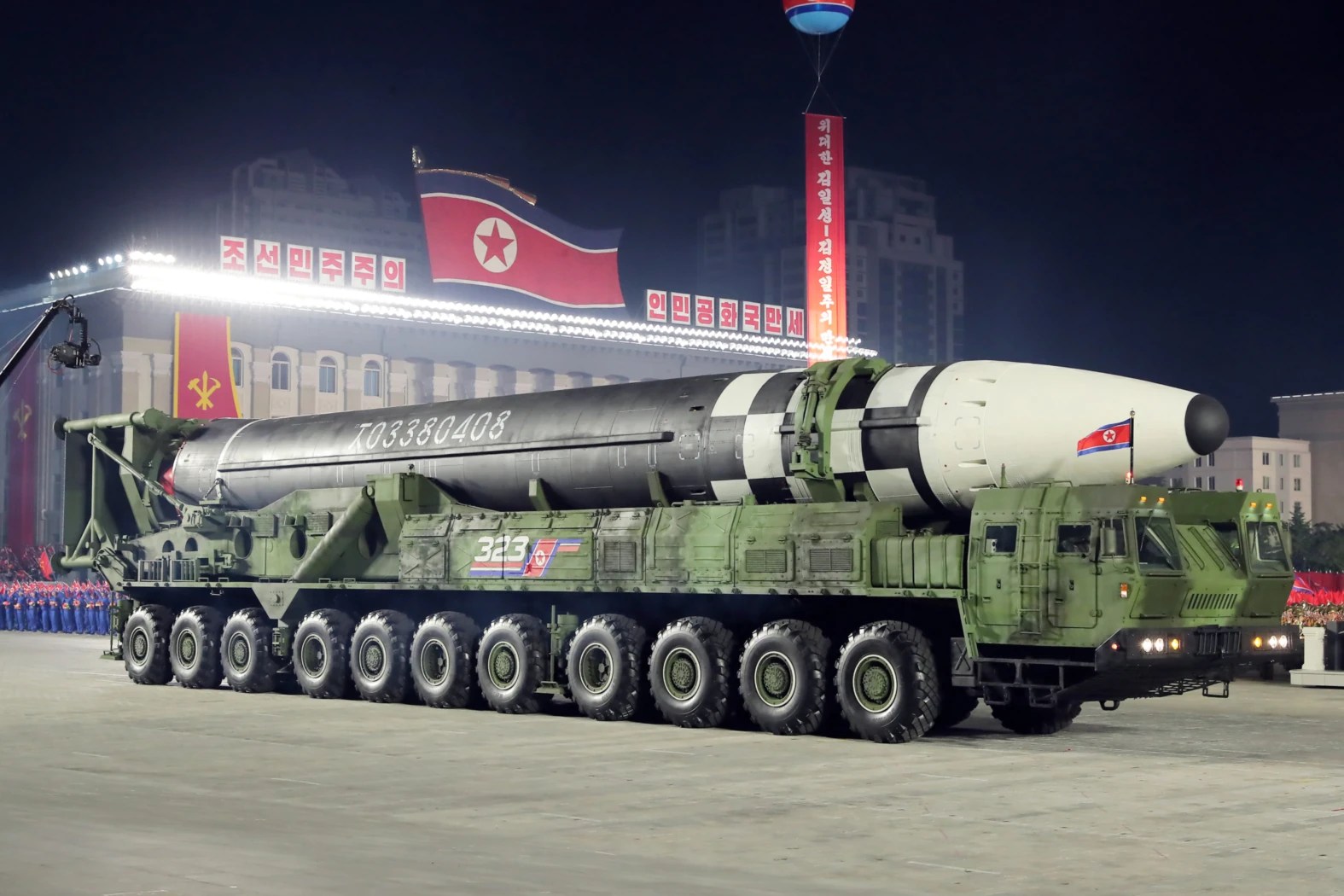The US Northern Command (USNORTHCOM) is winding up tests of its new Long-Range Discrimination Radar (LRDR) as part of a significant defense upgrade against inter-continental ballistic missile (ICBM) to fend off a potential nuclear attack on mainland US from North Korea.
With A 25 Km Range, Taiwan Used ‘Sonic Weapon’ On China For Nearly A Decade Blasting Music & Propaganda
Taiwan Signs ‘PAC-MAN’ Deal With The US To Defend Itself From Chinese Missile Attacks & Deflate PLA’s Plan
Brig. Gen. Joey Lestorti, head of the US Northern Command’s Operations Directorate/J3, said that the LRDR will be operational within months, reported Breaking Defense.
“We are literally months away from being able to plug in the Long Range Discrimination Radar, LRDR, in the missile defense operational architecture.
From the testing so far, we are seeing positive results for what this radar can do for us, discriminating threats to the continental US to make ground-based interceptor engagements more lethal,” Lestorti told the annual Space and Missile Defense Symposium in Huntsville, Ala., on August 10.
China’s Own ‘Top Gun’ – Born To Fly – Promoting J-20 Stealth Fighter Jets To Showcase PLAAF’s Might
The Pentagon announced the completion of the construction of the LRDR in December last year, following which it was deployed by the Missile Defense Agency (MDA) at Clear Space Force Station in Clear, Alaska, for tests.

Once operational, the system will be handed over to the US Space Force.
Long-Range Discrimination Radar (LRDR)
Developed by Lockheed Martin, LRDR is a $1.5 billion radar system capable of providing constant coverage to detect ICBM launches by adversarial nations toward the US.
The radar also features enhanced discrimination between ICBMs and decoys, thereby helping to preserve the precious stockpile of interceptors of the missile defense systems.

“The size and power of the LRDR allow for mission sharing,” Lestorti said. “Not only will it contribute daily to the homeland ballistic defense mission, but it will allow support for our partners at US SPACECOM in the space domain awareness mission.”
Apart from missile threats, the LRDR will also contribute to space domain awareness, helping the Space Command keep track of ever-growing objects in space, including satellites and junks. The radar can also help track threats to American assets in space, such as anti-satellite weapons.
The LRDR comprises a solid state, active electronic scanned antenna. Based on the gallium nitride (GaN) technology, it operates in the S-band frequency, enabling unhindered coverage even when serviced.

The radar system can detect complex components from ICBMs launched at high altitudes. For example, the LRDR sensors can track debris and decoy objects released from the missile when its boosters detach, and the warhead starts coming down toward the earth.
LRDR Will Watch Indo-Pacific
The plan for the new LRDR system to be deployed in central Alaska was initially developed by the US Defense Department in 2015.
“Star De-Linked”: SpaceX Offers Job To ‘Badass Engineer’ Who Hacked Starlink Satellite Network With A Homemade Device
Alaska was chosen because of its vantage over the Indo-Pacific region, which could be coupled with the LRDR’s massive field of vision to detect ICBMs that North Korea could launch.
In March, North Korea test-fired its longest-range ICBM, the Hwasong-17, which reports suggest, could range the entire US mainland. The missile is said to be capable of carrying multiple nuclear warheads to strike several targets and overwhelm American missile defense.

According to North Korea’s official Korean Central News Agency, the missile reached a maximum altitude of about 6244 kilometers. It covered around 1094 kilometers of distance during a 67-minute flight before landing in waters between North Korea and Japan.
The LRDR is meant to adapt to the changing landscape of ballistic missile threats and improve the effectiveness of ground or sea-based interceptor missiles. Therefore, the system can be modified according to evolving threats and requirements, with later iterations possibly capable of tracking hypersonic threats, according to past reports.
For now, it is not precisely clear how LRDR will treat hypersonic threats, per the latest remarks made by Lestorti.
“If a sensor like LRDR acquires a track that isn’t a ballistic missile or satellite, where does that data go? Should the radar drop it, or could that data be passed to the architecture and increase awareness in the air domain?” Lestorti remarked.
He continued, “We need to explore the possibilities of future sensors contributing to the expanded domain awareness in hypersonic tracking. It’s imperative that we incorporate fuse, exploit and leverage every bit of radar data regardless of source and distribute it as needed to the joint force and select partners.”
Recent reports suggest the UK will also acquire the LRDR system. Janes reported in March that the US has approved the sale of a ballistic missile defense radar (BMDR) and command and control battle management and communications (C2BMC) system to the UK.
While it is unknown which BMDR system UK could buy, Lockheed Martin is the principal contractor for the system, suggesting it could be the LRDR.
- Contact the author at tanmaykadam700@gmail.com
- Follow EurAsian Times on Google News




